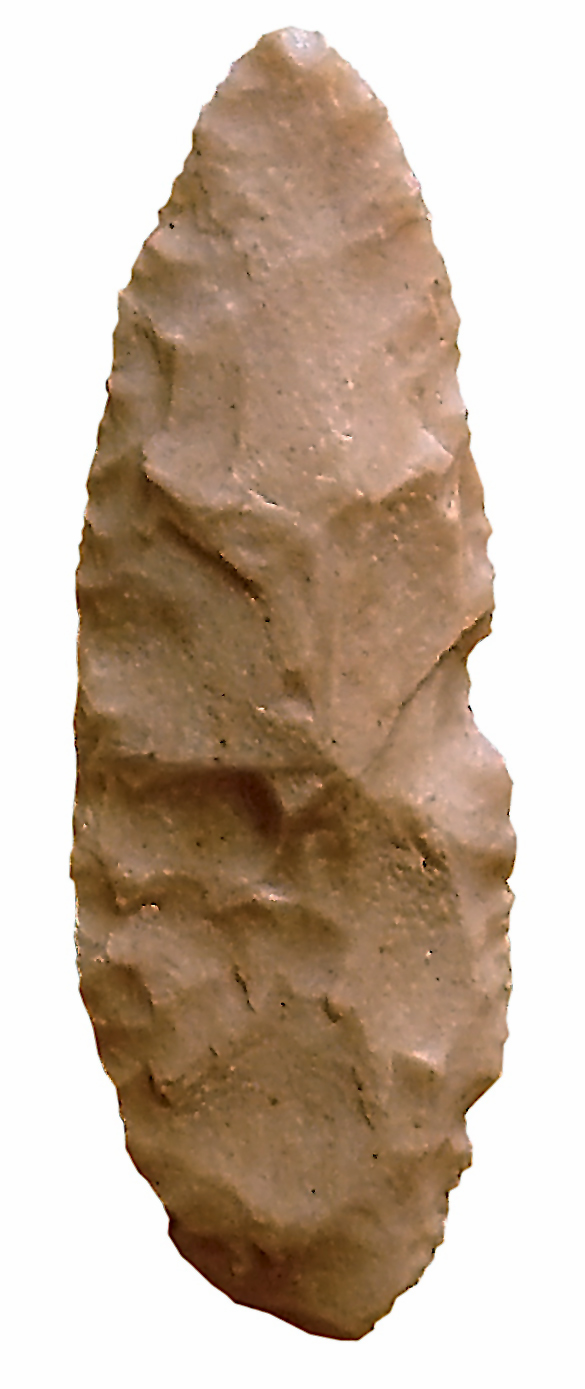|
Enkapune Ya Muto
Enkapune Ya Muto, also known as Twilight Cave, is a Late Stone Age site on the Mau Escarpment of Kenya. Beads made of perforated ostrich egg shells found at the site have been dated to 40,000 years ago. The beads found at the site represent the early human use of personal ornaments. See also * List of Stone Age art This is a descriptive list of Stone Age art, the period of prehistory characterised by the widespread use of stone tools. This article contains, by sheer volume of the artwork discovered, a very incomplete list of the works of the painters, sculp ... * Eburran industry References External links Enkapune Ya Muto (Kenya) Paleoanthropological sites Archaeological sites in Kenya Rock shelters Archaeological sites of Eastern Africa {{Africa-hist-stub ... [...More Info...] [...Related Items...] OR: [Wikipedia] [Google] [Baidu] |
Mau Escarpment
The Mau Escarpment is a fault scarp running along the western edge of the Great Rift Valley in Kenya ) , national_anthem = " Ee Mungu Nguvu Yetu"() , image_map = , map_caption = , image_map2 = , capital = Nairobi , coordinates = , largest_city = Nairobi , .... The top of the escarpment reaches approximately 3000 m (10,000 ft) above sea level, and is over 1000 m higher than the floor of the Rift Valley. See also * Enkapune Ya Muto References External links * Article published in The East African on the Mau Escarpment and its political and environmental implications: https://web.archive.org/web/20110726142449/http://www.marsgroupkenya.org/multimedia/?StoryID=261885 Escarpments of Kenya Great Rift Valley {{Kenya-geo-stub ... [...More Info...] [...Related Items...] OR: [Wikipedia] [Google] [Baidu] |
Kenya
) , national_anthem = " Ee Mungu Nguvu Yetu"() , image_map = , map_caption = , image_map2 = , capital = Nairobi , coordinates = , largest_city = Nairobi , official_languages = Constitution (2009) Art. 7 ational, official and other languages"(1) The national language of the Republic is Swahili. (2) The official languages of the Republic are Swahili and English. (3) The State shall–-–- (a) promote and protect the diversity of language of the people of Kenya; and (b) promote the development and use of indigenous languages, Kenyan Sign language, Braille and other communication formats and technologies accessible to persons with disabilities." , languages_type = National language , languages = Swahili , ethnic_groups = , ethnic_groups_year = 2019 census , religion = , religion_year = 2019 census , demonym = ... [...More Info...] [...Related Items...] OR: [Wikipedia] [Google] [Baidu] |
Late Stone Age
The Later Stone Age (LSA) is a period in African prehistory that follows the Middle Stone Age. The Later Stone Age is associated with the advent of modern human behavior in Africa, although definitions of this concept and means of studying it are up for debate. The transition from the Middle Stone Age to the Late Stone Age is thought to have occurred first in eastern Africa between 50,000 and 39,000 years ago. It is also thought that Later Stone Age peoples and/or their technologies spread out of Africa over the next several thousand years. The terms "Early Stone Age", "Middle Stone Age" and "Later Stone Age" in the context of African archaeology are not to be confused with the terms Lower Paleolithic, Middle Paleolithic, and Upper Paleolithic. They were introduced in the 1920s, as it became clear that the existing chronological system of Upper, Middle, and Lower Paleolithic was not a suitable correlate to the prehistoric past in Africa. Some scholars, however, continue to view ... [...More Info...] [...Related Items...] OR: [Wikipedia] [Google] [Baidu] |
Jewelry
Jewellery (British English, UK) or jewelry (American English, U.S.) consists of decorative items worn for personal adornment, such as brooches, ring (jewellery), rings, necklaces, earrings, pendants, bracelets, and cufflinks. Jewellery may be attached to the body or the clothes. From a western perspective, the term is restricted to durable Ornament (art), ornaments, excluding flowers for example. For many centuries metal such as gold often combined with gemstones, has been the normal material for jewellery, but other materials such as glass, shells and other plant materials may be used. Jewellery is one of the oldest types of archaeological artefact – with 100,000-year-old beads made from ''Nassarius'' shells thought to be the oldest known jewellery.Study reveals 'oldest jewellery' , ''BBC News'', June ... [...More Info...] [...Related Items...] OR: [Wikipedia] [Google] [Baidu] |
List Of Stone Age Art
This is a descriptive list of Stone Age art, the period of prehistory characterised by the widespread use of stone tools. This article contains, by sheer volume of the artwork discovered, a very incomplete list of the works of the painters, sculptors, and other artists who created what is now called prehistoric art. For fuller lists see Art of the Upper Paleolithic, Art of the Middle Paleolithic, and :Prehistoric art and its many sub-categories. Upper Paleolithic Aurignacian The oldest undisputed figurative art appears with the Aurignacian, about 40,000 years ago, which is associated with the earliest presence of Cro-Magnon artists in Europe. Figurines with date estimates of 40,000 years are the so-called ''Lion-man'' and ''Venus of Hohle Fels'', both found in the Southern Germany caves of the Swabian Jura. *''Löwenmensch'', or Lion-man, dated between 40,000 and 35,000 years old, is an ivory figurine discovered in the Hohlenstein-Stadel, Swabian Jura, Germany. The figurine ... [...More Info...] [...Related Items...] OR: [Wikipedia] [Google] [Baidu] |
Eburran Industry
The Eburran industry is the name of an East African tool assemblage that dates from 13,000 BCE and thereafter, found around Lake Nakuru in the Ol Doinyo Eburru volcano complex in the Rift Valley, Kenya. The culture was at one time known as the "Kenyan Capsian" because findings resemble those of the North African Capsian trans-Saharan culture. Eburran assemblages, as recovered from Gamble's Cave and Nderit Drift, comprise large backed blades, crescent microliths, burins, and endscrapers. Some tools at Gamble's Cave were made from obsidian. Phases *Phase 1, from 13,000 BCE to around 10,000 BCE, associated with a short, humid climatic period, superseded by a drier climatic period *Phase 2, from around 7-8,000 BCE, the climate became very humid *Phase 3, from around 6,000 BCE *Phase 4, from around 4-5,000 BCE, with an unevenly drier climate *Phase 5, from around 3,000 BCE, the climate was much drier than now. During this last period, Eburran tools are also found with cerami ... [...More Info...] [...Related Items...] OR: [Wikipedia] [Google] [Baidu] |
Paleoanthropological Sites
Paleoanthropology or paleo-anthropology is a branch of paleontology and anthropology which seeks to understand the early development of anatomically modern humans, a process known as hominization, through the reconstruction of evolutionary kinship lines within the family Hominidae, working from biological evidence (such as petrified skeletal remains, bone fragments, footprints) and cultural evidence (such as stone tools, artifacts, and settlement localities). The field draws from and combines primatology, paleontology, biological anthropology, and cultural anthropology. As technologies and methods advance, genetics plays an ever-increasing role, in particular to examine and compare DNA structure as a vital tool of research of the evolutionary kinship lines of related species and genera. Etymology The term paleoanthropology derives from Greek palaiós (παλαιός) "old, ancient", ánthrōpos (ἄνθρωπος) "man, human" and the suffix -logía (-λογία) "study of" ... [...More Info...] [...Related Items...] OR: [Wikipedia] [Google] [Baidu] |
Archaeological Sites In Kenya
Archaeology or archeology is the scientific study of human activity through the recovery and analysis of material culture. The archaeological record consists of artifacts, architecture, biofacts or ecofacts, sites, and cultural landscapes. Archaeology can be considered both a social science and a branch of the humanities. It is usually considered an independent academic discipline, but may also be classified as part of anthropology (in North America – the four-field approach), history or geography. Archaeologists study human prehistory and history, from the development of the first stone tools at Lomekwi in East Africa 3.3 million years ago up until recent decades. Archaeology is distinct from palaeontology, which is the study of fossil remains. Archaeology is particularly important for learning about prehistoric societies, for which, by definition, there are no written records. Prehistory includes over 99% of the human past, from the Paleolithic until the advent o ... [...More Info...] [...Related Items...] OR: [Wikipedia] [Google] [Baidu] |
Rock Shelters
A rock shelter (also rockhouse, crepuscular cave, bluff shelter, or abri) is a shallow cave-like opening at the base of a bluff or cliff. In contrast to solutional caves (karst), which are often many miles long, rock shelters are almost always modest in size and extent. Formation Rock shelters form because a rock stratum such as sandstone that is resistant to erosion and weathering has formed a cliff or bluff, but a softer stratum, more subject to erosion and weathering, lies just below the resistant stratum, and thus undercuts the cliff. In arid areas, wind erosion ( Aeolian erosion) can be an important factor in rockhouse formation. In most humid areas, the most important factor in rockhouse formation is frost spalling, where the softer, more porous rock underneath is pushed off, tiny pieces at a time, by frost expansion from water frozen in the pores. Erosion from moving water is seldom a significant factor. Many rock shelters are found under waterfalls. File:Ro ... [...More Info...] [...Related Items...] OR: [Wikipedia] [Google] [Baidu] |



.jpg)
